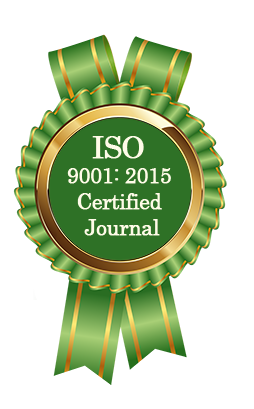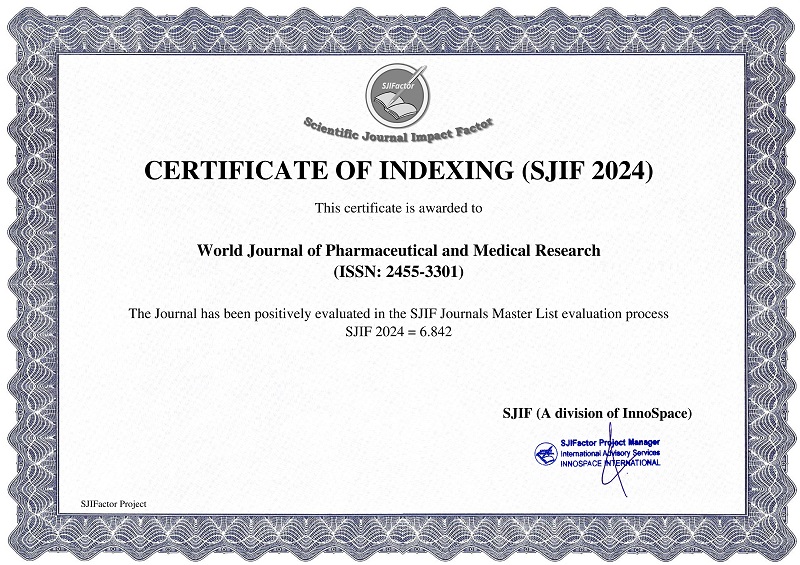COMPARATIVE ANALYSIS OF CHLORHEXIDINE AND TOPICAL HUMAN MILK ON CORD SEPARATION TIME
Dr. Shabbir Hussain*, Dr. Mehnaz Hazrat and Dr. Madiha Essa
ABSTRACT
Objectives: The best umbilical cord care after birth is a controversial issue. Aim of this research was to compare the effect of topical application of human milk and chlorhexidin on cord separation time in newborns. Methods: One hundred seventy four neonates attending from hospitals affiliated to Rawalpindi University of Medical Sciences were included. Newborns from birth were randomized to two groups. In group mother’s milk, mother will rub her own milk to cord stump two times a day. chlorhexidin (group 2) were applied to the umbilical stump every 12 hours. The time to umbilical cord separation and any discomfort such as infection, hemorrhage, and discharge and odor were documented. Results: Results showed a significant statistical difference between cord separation time in two groups and the mean cord separation time in the human milk group (7.15±2.15days) was shorter than the chlorhexidin group (13.28±6.79 days). In addition, a significant correlation was found between Signs of infection (discharge, redness, swelling and odor) in both groups. Conclusions: Topical application of breast milk on umbilical cord care leads to quick cord separation time and can be used as easy, cheep, non injury methods for umbilical cord care.
[Full Text Article] [Download Certificate]



